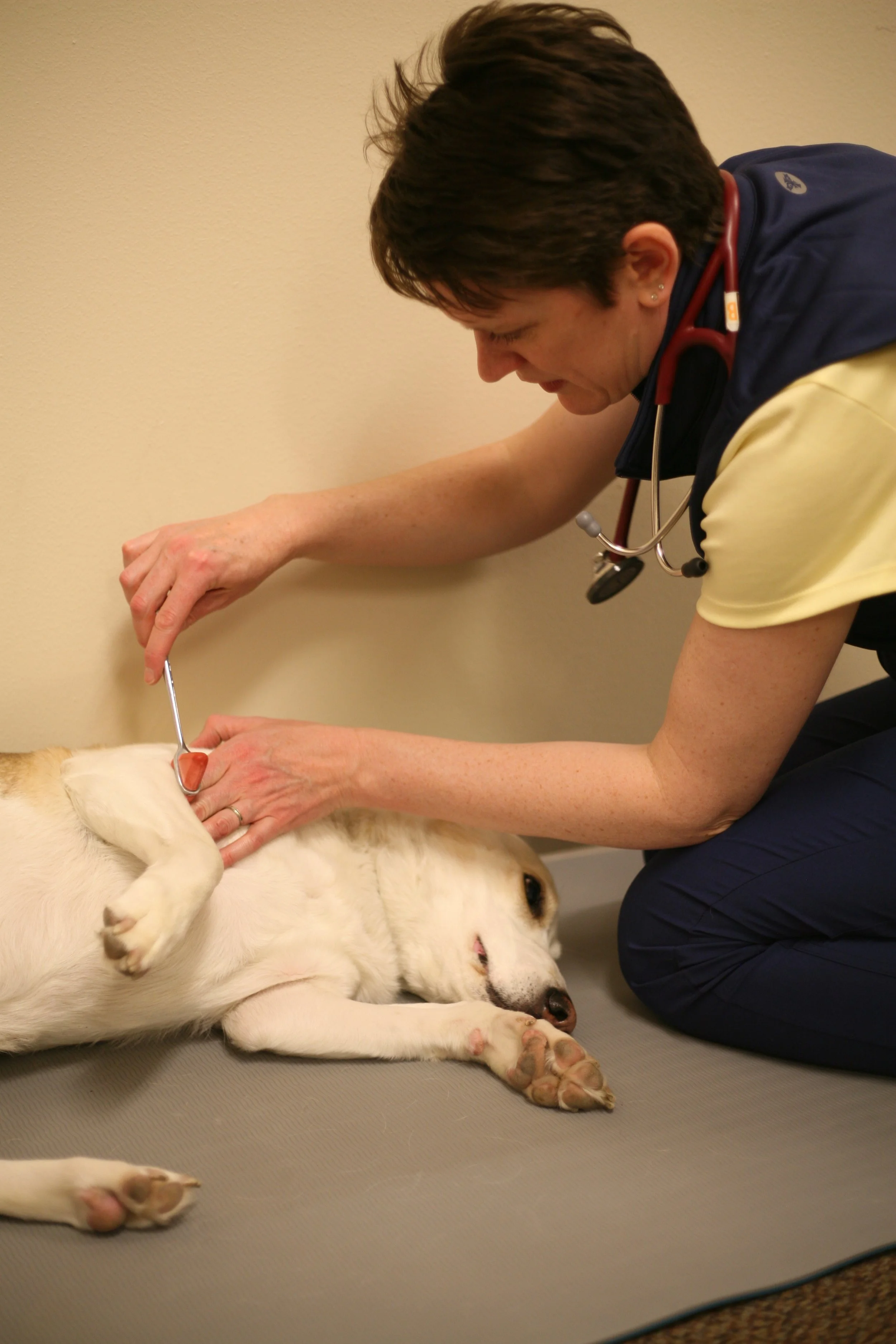We have another interesting article to review this week! A group from Germany published a retrospective study of 74 Boxer dogs with epilepsy and, although the results aren’t surprising, I felt these were good statistics for us to have in our “conversation belt” when discussing seizures with owners of Boxer dogs.
Before we dive into the results, a little refresher. Idiopathic epilepsy in the general (not exclusive to the Boxer dog) population occurs in about 53% of dogs with structural epilepsy occurring in about 45% of dogs. These numbers change a little bit with age qualifiers. Dogs between 6 months and 6 years of age were diagnosed with idiopathic epilepsy 75% of the time and structural epilepsy 45% of the time. Dogs greater than 6 years of age were diagnosed with idiopathic epilepsy only 34% of the time, with structural epilepsy taking a bigger chunk of the diagnoses at 64%.
Now, let's compare these data to Boxer dogs. A recent retrospective study by Loncarica (August 2022...okay, recent is relative), looked at the prevalence of idiopathic epilepsy and structural epilepsy in Boxer dogs. They divided the groups into < 6 months old, 7 months and 6 years and > 6 years old.
Results
< 6 months old - 2/74 dogs diagnosed with seizures: 1 had idiopathic epilepsy, 1 had a meningoencephalocele
6 mo-6 years - 12/74 dogs diagnosed with seizures: 8/12 (66%) had neoplasia. Of these 8, 2 had a NORMAL neurologic examination.
> 6 years old - 60/74 dogs diagnosed with seizures. 58/60 (97%) were diagnosed with neoplasia. Of these 13.58 had a normal neurologic examination.
It is notable that only 11 of the dogs in the study had a histologic confirmation of neoplasia, the remainder were based on MRI characteristics.
Summary
Is finding seizures in Boxer dogs earth shattering? No. It is noteworthy, I think, that boxer dogs had a MUCH higher prevalence of structural epilepsy, and probable neoplasia, than the average dog population. Is this novel? No, but now we have data to show what we have all been suspecting all these years. :)
The other key point is that about 25% of dogs over 6 months of age had a normal neurologic examination with structural epilepsy. If a dog has an abnormal neurologic examination, with a seizure history, structural epilepsy is more common. A normal neurologic examination doesn't eliminate the possibility, however.
Thanks for reading! Please reach out if you have any questions. My schedule is quite limited over the next two weeks as I take a little vacation time with my family over the long Holiday weekend and then spend a few days at IVECCs speaking to an awesome bunch of criticalists, generalists and emergency docs. If you're planning to be there please stop in and say HI! (And come swim with me and my daughter in the water park!) If you have a case that should be seen sooner than later, and cannot find a suitable time on the scheduler, PLEASE REACH OUT. Thanks!

